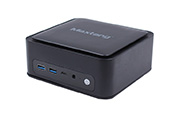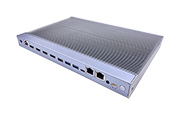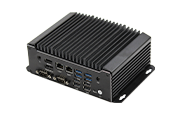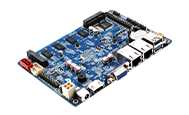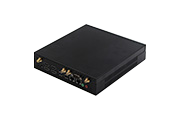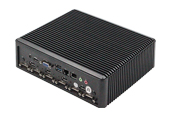Distinguishing Between ARM and x86 Architectures
What is ARM architecture?
ARM architecture, originally known as Advanced RISC Machine (previously Acorn RISC Machine), is a 32-bit Reduced Instruction Set Computing (RISC) processor architecture widely used in numerous embedded system designs. Its energy-efficient nature makes ARM processors highly suitable for applications in the mobile communication field, aligning with its primary design objective of low power consumption.
What is x86 architecture?
The x86 architecture is a 32-bit instruction set architecture based on the design of the Intel 8086 processor. Initially introduced by Intel, it has gained widespread use in the realm of personal computing. Also known as IA-32 (Intel Architecture 32-bit), this architecture was developed by Intel. It is extensively used in computing devices such as PCs, servers, and workstations, featuring a set of complex instructions for executing various computational and processing tasks.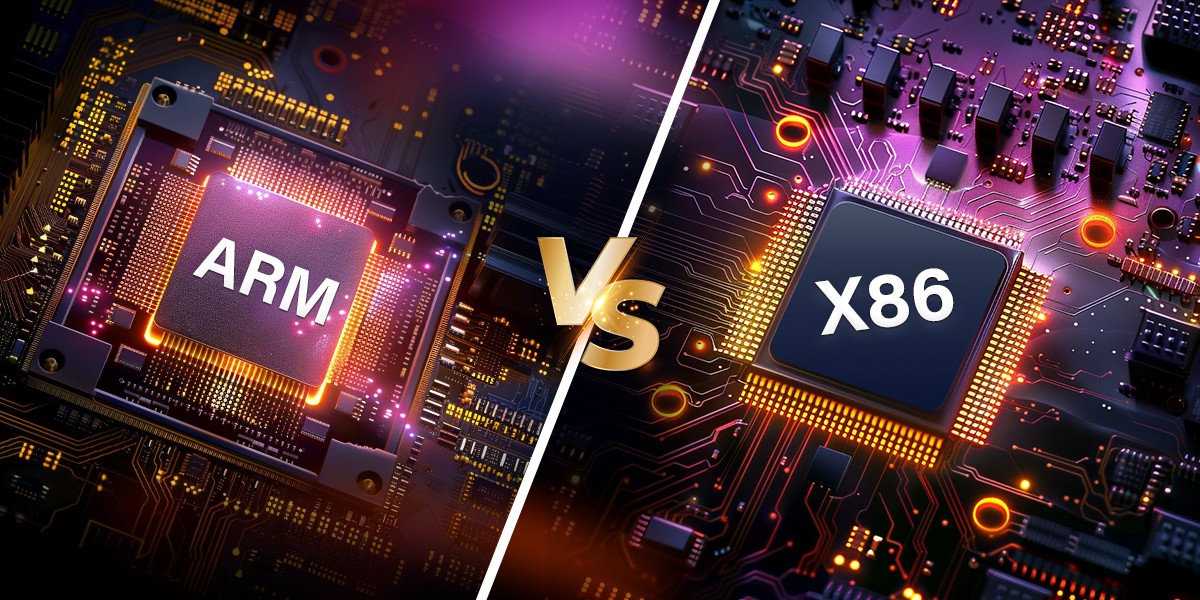
Our company, Maxtang, produces motherboards and complete systems based on the x86 architecture, as well as AMD embedded motherboard structures.
Comparison between X86 and ARM Architectures:
1.Performance
After more than 30 years of development, X86 architecture-based computers excel in both performance and manufacturing processes compared to ARM platforms. However, ARM's advantage lies not in raw power but in efficiency. Utilizing RISC instruction sets, ARM may lag in comprehensive tasks but shines in fixed-function applications.
2.Scalability
X86 architecture connects expansion devices via "bridges," showcasing excellent scalability, stability, and cost control after years of evolution and accumulation. In contrast, ARM uses specialized data interfaces to link CPUs with peripherals, which are usually predetermined during design and challenging to expand later on. Therefore, ARM architecture often follows a "just enough" principle.
3.System Compatibility
The alliance between X86 architecture and Microsoft has dominated the personal computer operating system for nearly 30 years, establishing a vast user base and solidifying user habits. This platform's hardware and software development have gradually formed unified standards, making X86's compatibility unparalleled.
ARM architectures predominantly employ Linux operating systems, requiring separate OS builds for nearly all hardware, leading to incompatibilities with other systems. This limitation hindered ARM's development and application until Google's Android system provided robust support for ARM in the application market unification.
4.Software Development and Portability
X86 architecture's long-standing presence has matured user applications, development tools, and compatibility efforts, resulting in a plethora of affordable software development tools and third-party applications. This significantly reduces initial development costs and cycles. Conversely, ARM faces constraints due to hardware, system, and compatibility factors, making it relatively limited compared to X86.
In conclusion, the comparison above clarifies that ARM and X86 structure computers are fundamentally incomparable; ARM is not a direct competitor to X86 computers. While ARM may struggle to compete in the aspects mentioned above, recent years have witnessed rapid growth in ARM products, particularly in handheld terminal applications like smartphones and tablets, surpassing X86 computer sales. This demonstrates ARM's unique advantage: power efficiency.
X86 computers, driven by the need to cater to various application demands, have pursued a path of performance and speed. Over the past two decades, X86 computers' speeds have skyrocketed from a few megabytes in the original 8088 to several gigabytes, often with multiple cores, marking a thousand-fold or even million-fold performance increase. Technological advancements have made X86 computers an indispensable part of everyday life. However, their development direction and model have kept power consumption consistently high, ranging from hundreds of watts for desktops to several watts for supposedly low-power laptops or netbooks, making them incomparable to ARM-based systems in terms of power efficiency.
-
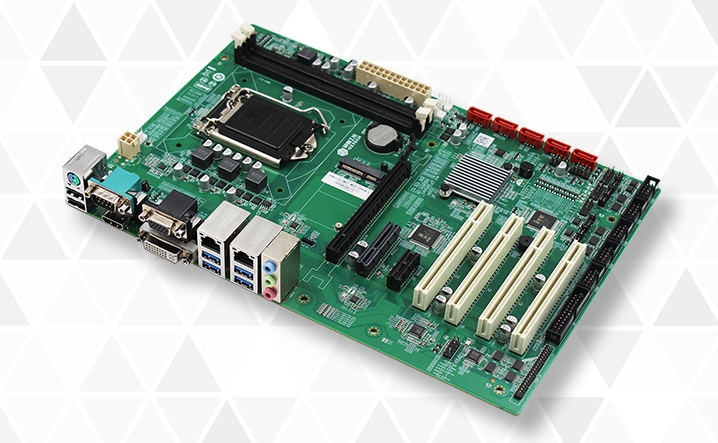 Best ATX Motherboard Manufacturers in 20242024-06-24Discover the world of ATX motherboards with our comprehensive guide Learn about their history, variations like microATX and EATX, and how to choose the right one for your needs Whether you re a gamer, PC enthusiast, or involved in industrial applicatio
Best ATX Motherboard Manufacturers in 20242024-06-24Discover the world of ATX motherboards with our comprehensive guide Learn about their history, variations like microATX and EATX, and how to choose the right one for your needs Whether you re a gamer, PC enthusiast, or involved in industrial applicatio -
Understanding USB Type-C, USB 3.1, USB 3.2, USB4, and USB4 V22024-06-24Explore the evolution of USB technology from USB Type-C to USB4 V2 in our comprehensive blog Understand USB 3 1, USB 3 2, and USB4, including their features, data transfer speeds, power delivery capabilities, and compatibility Learn how these advancemen
-
 Maxtang at COMPUTEX Taipei 20242024-05-30Join Maxtang Computer at COMPUTEX Taipei 2024, the premier tech event in Taiwan! Discover the latest in IT and electronic products from June 4-7 at Nangang TaiNEX 2 Relive the excitement of COMPUTEX 2023 and get ready for another year of groundbreaking i
Maxtang at COMPUTEX Taipei 20242024-05-30Join Maxtang Computer at COMPUTEX Taipei 2024, the premier tech event in Taiwan! Discover the latest in IT and electronic products from June 4-7 at Nangang TaiNEX 2 Relive the excitement of COMPUTEX 2023 and get ready for another year of groundbreaking i

